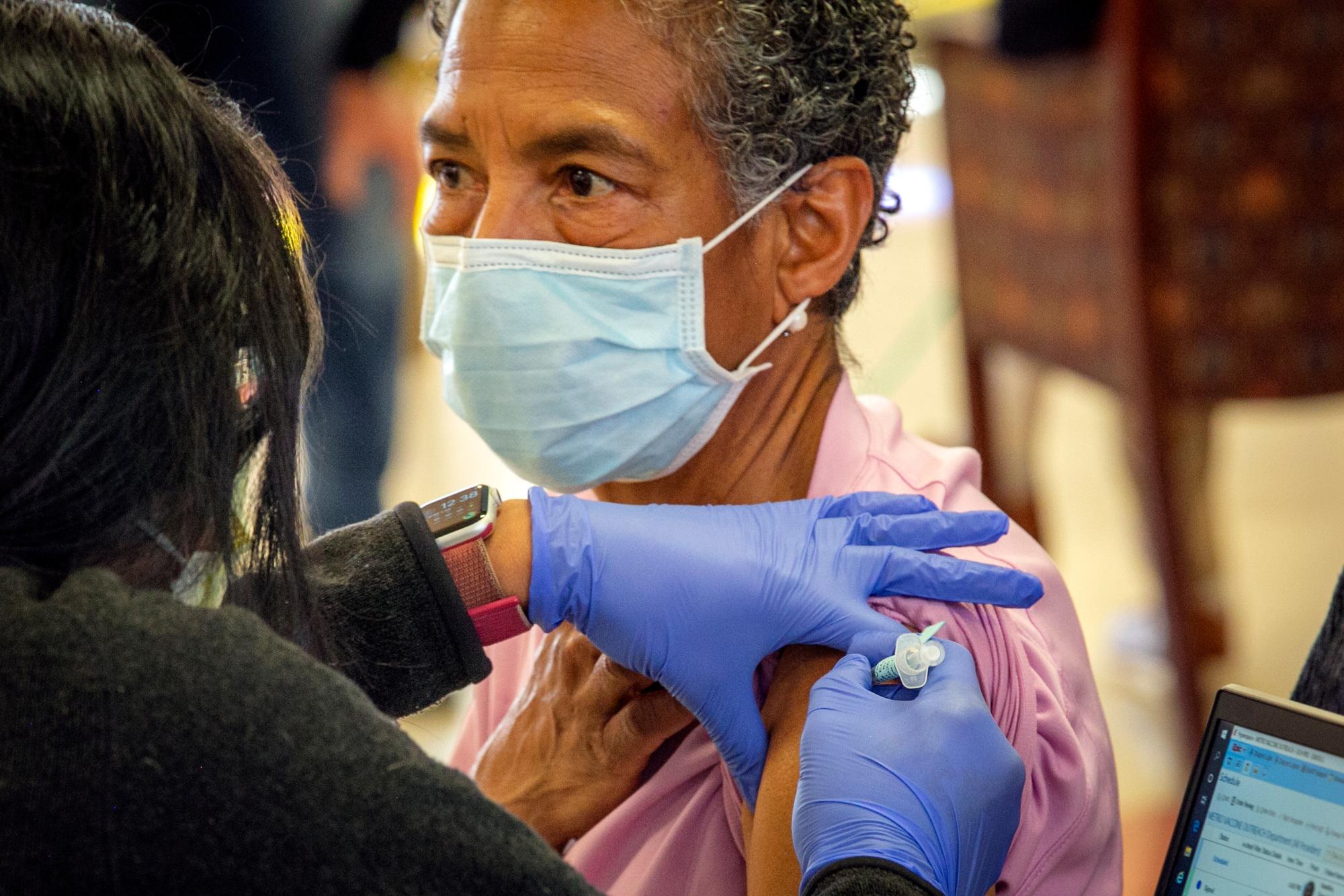
The COVID-19 public health emergency is over — that's according to announcements in Colorado and at the federal level.
But even as those emergency declarations wind down, Coloradans are still dying from the virus that health officials say has changed the way they do their jobs.
The expiration of the state and federal orders comes as COVID deaths and hospitalizations in the U.S. are at their lowest point in three years. Those numbers have dropped sharply in Colorado too.
But the highly contagious virus is still spreading in the state. And experts worry the CDC will have less data to track the spread of the virus, and won’t be able to see the next big wave before it hits.
But, the executive director of the Colorado Department of Public Health and Environment, Jill Hunsaker Ryan, said a lot has been learned.
“We're in much better shape after this pandemic. We feel like there's been a lot of investment in our department that will really help should there be another either surge or variant or different type of pandemic,” she said.
Among those investments, she said, are new funding sources, including $20 million annually from the state legislature to the public health system, increased staff, a modernized state lab and updated surveillance technology that's compatible with the Centers for Disease Control and Prevention and local public health.
The response is now shifting to the traditional health care system, said Scott Bookman, who directs the agency’s divisions of disease control and public health response. Long gone are the days of waiting in line to get tested in a parking lot, for instance.
“(Now) you go to your doctor, you get a rapid test from your pharmacy. You get your immunization through your traditional health care channels,” he said.
The state’s public health department will continue to evaluate what federal funds will keep coming in to support disease surveillance, Bookman said.
“But I think the funding shift really reflects the operational shift as well,” he said.
Public health experts warn the virus, and potentially others, will remain an ongoing threat to the health system.
But Bookman said the health department and health system have new tools and battle-hardened experience they didn't have three years ago.
“We are behind the scenes at all times, monitoring and preparing, we've got all sorts of new tools that we will continue to hone,” he said.
In Colorado, key measures show considerable improvement. But they also indicate the virus is still present and continuing to do damage, but just not at the magnitude of earlier in the pandemic.
The state’s hospitals report 140 COVID-19 patients are now in their facilities. That’s near the low for the pandemic. It’s less than the most recent surge, when coronavirus hospitalizations hit 440 in November. And it’s far below earlier peaks, when it hit 1,676 COVID hospitalizations in January 2022 and 1,847 in December 2020. Both those waves pushed hospitals to the brink, causing extreme stress to the health system and frontline providers.
Coloradans are still dying from COVID-19, just not at the staggering rate of earlier in the crisis. The week of March 26, for instance, 30 residents died. In November 2021, nearly 300 people died. Almost 450 died the week after Thanksgiving in the prior year.
Another key metric, wastewater surveillance, shows most utilities report plateauing or declining levels of the virus sequenced from samples.
But the coming drop in federal dollars is dramatic. In three years of the pandemic, Colorado received more than $2.8 billion in aid from FEMA, federal grants and stimulus.
The vast majority of funding has gone to contracts for community testing and vaccination sites, mobile vaccines, funding to local public health agencies, and other state agencies, according to state health department. The largest category of expenses is contracts ($1.46 billion), followed by supplies ($196 million) and equipment ($9.6 million) at the state lab, which ran 24/7 testing at certain points in the pandemic.
Here is a breakdown of the pandemic funding from the federal government to Colorado, by calendar year, according to the Colorado Department of Public Health and Environment:
- 2020: $946,191,672
- 2021: $1,353,835,906
- 2022: $515,529,499
- Total: $2,815,557,078







